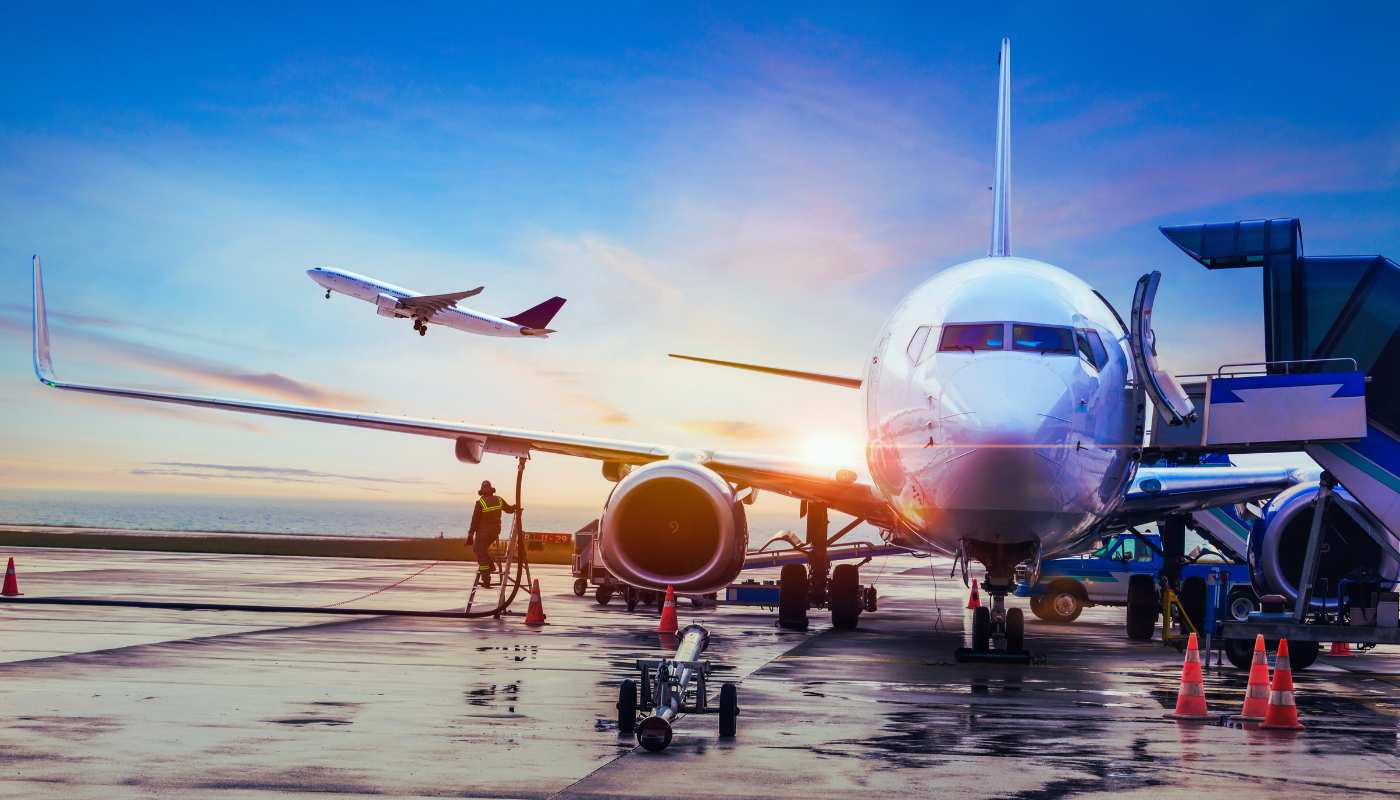Airports in the Middle East operate in some of the world’s most water-stressed environments. Faced with rising temperatures, growing passenger volumes and tighter regulatory expectations, multiple regional hubs are now pioneering water-management approaches that combine low-tech conservation with high-tech treatment, reuse and resilient supply strategies.
Why water conservation matters at airports
Airports consume vast quantities of water across their terminals, hotels, kitchens, landscaping and maintenance operations, while generating wastewater and runoff that also needs managing at an additional economic and environmental cost. The generally arid conditions of the Middle East create twin pressures of scarce freshwater supplies and high irrigation needs for landscaped areas, pushing airports to look beyond the municipal tap.
Implementing coordinated strategies that reduce overall demand, treat wastewater for reuse, harvest stormwater and use alternative sources (including desalination) makes operational and financial sense.
In the Spotlight: Four Exemplary ME Airports
Hamad International Airport (HIA) – Closed-loop wastewater reuse
HIA has enjoyed early-mover advantages regarding wastewater reuse. Since 2022, the airport has operated a dedicated wastewater treatment facility that treats 100% of airport-generated sewage and greywater, returning treated effluent for irrigation of green spaces and other non-potable uses. This approach, supported by further improvements and technical upgrades to the plant in recent years, eliminates discharge into sensitive coastal zones and reduces potable water demand. It also supports the airport’s visually striking landscaping efforts despite the difficulties imposed by its desert setting. HIA’s program also complements broader waste and green-space strategies, including composting and on-site irrigation planning.
Abu Dhabi International (AUH) – System-level integration
Abu Dhabi has invested heavily in city-scale water reuse and treatment programs that directly affect airport operations. The emirate’s initiatives – combining treatment upgrades, networks to distribute treated water and policy incentives – have significantly increased the share of reused water available for commercial and municipal irrigation. AUH and related stakeholders have aligned airport planning with these regional systems to reduce reliance on potable supplies, divert industrial and domestic wastewater into treatment pathways, and leverage treated effluent wherever it is safe and feasible to do so. This coordinated, system-level approach won international recognition at the 2024 Global Water Awards for scaling reuse beyond single-site solutions.
Al Maktoum International Airport (DWC) – Design-led resilience and water harvesting
Dubai’s airport recent developments – notably the sustainability master plans for Al Maktoum and other major projects – embed water resilience from the design stage. Their strategies include zoning landscaping to minimise high-water-demand plantings, specifying efficient irrigation systems with soil moisture sensors, segregating greywater for reuse, and designing drainage and stormwater capture systems to recharge on-site storage or supply non-potable uses. Plans also combine low-consumption fixtures and smart irrigation with on-site collection so that new terminals are less dependent on desalinated municipal water, which often comes at a high environmental cost if demand/supply cycles aren’t managed properly.
King Abdulaziz International Airport (JED) – Desalination and local supply solutions
In Saudi Arabia, most airports rely on desalination and dedicated potable-water infrastructure to provide a resilient supply in coastal but water-scarce locations. JED uses seawater reverse osmosis (SWRO) desalination to supply potable water to terminal operations, eliminating the need to put further pressure on local freshwater sources. Pairing desalination with high efficiency fixtures and reuse of treated greywater uses creates a layered strategy: resilient supply backed by aggressive demand reduction.
Transferable practices for Airports looking to become Water Wise
- Reduce demand first: Low-flow fixtures, leak detection programs and drought-tolerant landscaping measurably lower freshwater needs before investing in treatment or new supply. Design choices – from the appropriate selection of suitable plants to sensor-driven irrigation – can serve as high-impact, low-cost starting points. This demand-reduction approach extends to ground support equipment, where reliable providers such as Global Airports Forum exhibitor Refuel International can provide state-of-the-art GSE solutions that optimise water usage and monitoring.
- Treat and reuse on-site where possible: Small to medium wastewater treatment systems for greywater and blackwater allow airports to reuse water for irrigation, vehicle washing, and toilet flushing in appropriate contexts, while full treatment and zero-discharge approaches are viable for larger hubs.
- Integrate with city systems: Collaboration with municipal utilities and regional reuse programs can scale benefits and reduce capital redundancy, as seen in Abu Dhabi’s coordinated program.
- Diversify supply: Where municipal water sources are scarce, desalination paired with energy and efficiency measures can provide operational resilience for the airport without adding pressure to the regional water situation.
ME Innovation Flowing in the Right Direction
As climate change intensifies, airport water strategies in the Middle East will increasingly combine smart demand management, modular treatment and strategic supply diversification. The most successful programs don’t involve the deployment of single technologies – they work as integrated packages. Careful design, robust treatment and regional coordination can work effectively to protect airport operations while demonstrating responsible stewardship of the region’s water-scarce environment.
These airports show that, with the right mix of policy, engineering and design choices, aviation infrastructure can substantially cut its water footprint while still providing the level of safety and amenity that passengers expect.



